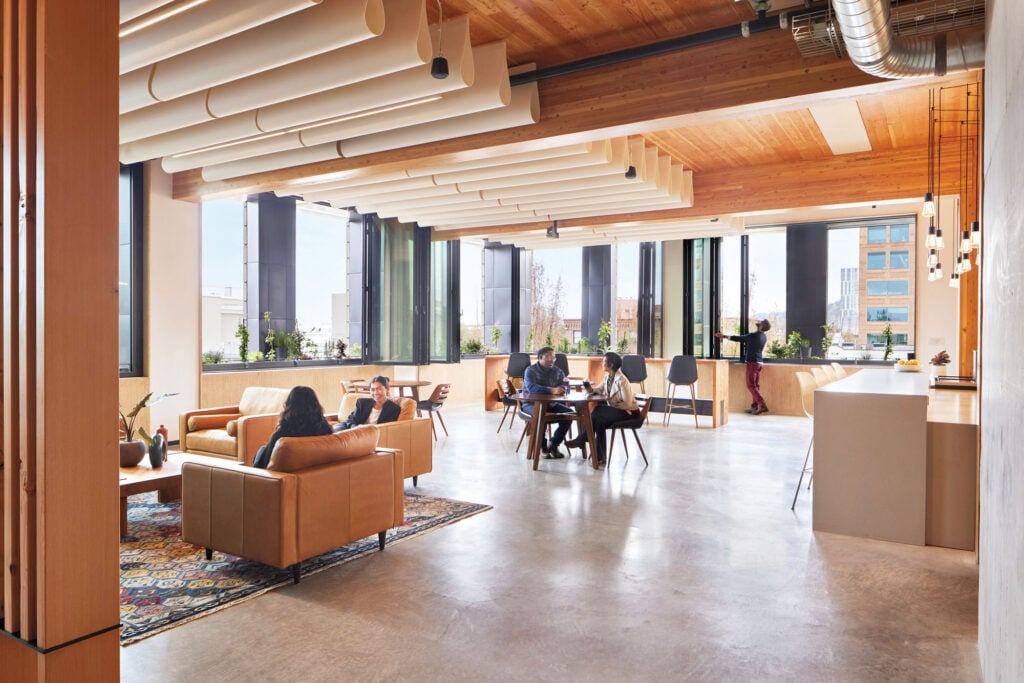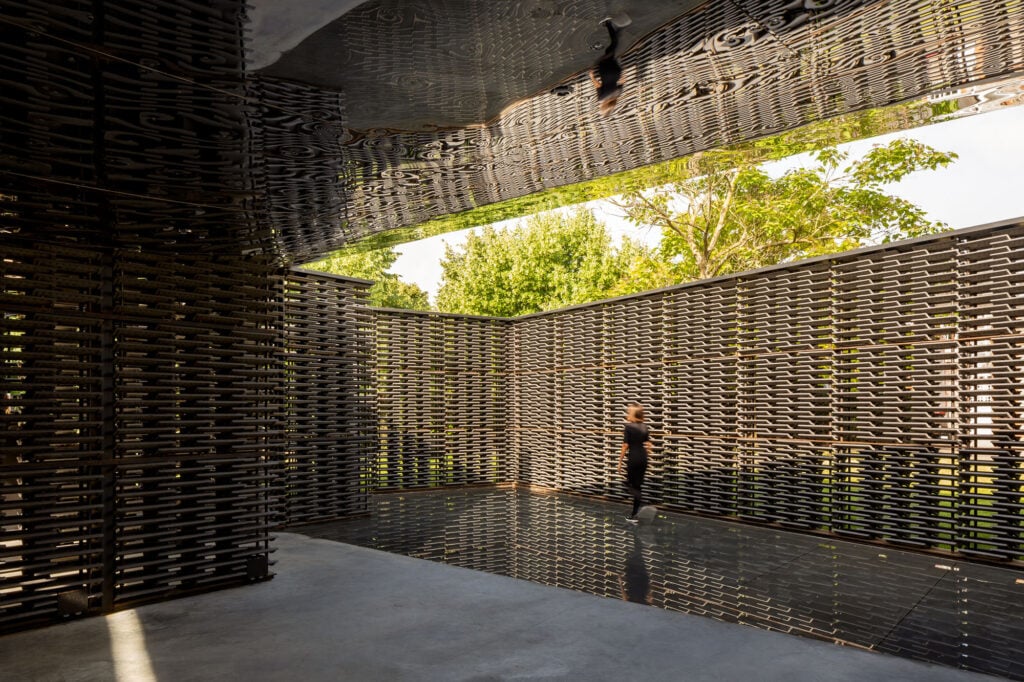
July 7, 2022
Frida Escobedo Designs with Time

The project’s mandates, including a call for a non-chronological narrative intertwining space and time, are fertile ground for exploration by an architect who has long demonstrated a fascination with and sensitivity to the relationship between time and the built environment. Escobedo’s conceptual works have already articulated the idea of social time by creating areas that can be inhabited and experienced in multiple ways by individuals and groups, encouraging time to unfold at different speeds.
The Mexican architect laid the foundation for such an understanding by completing the Art, Design, and Public Domain master’s program at the Harvard Graduate School of Design, following her architecture school qualification at Universidad Iberoamericana in Mexico City.
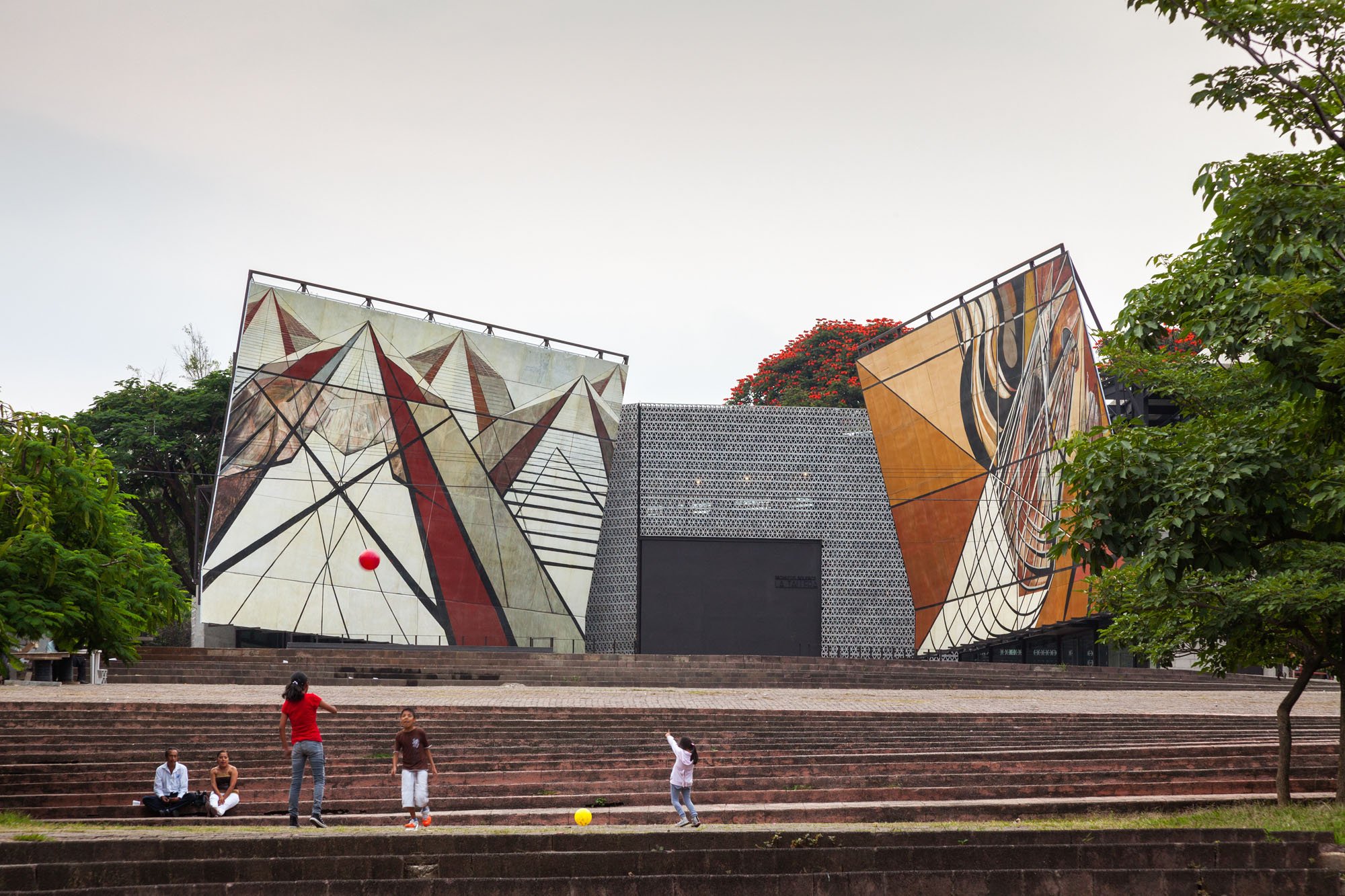
Her work across a spectrum of scale and medium—including residential and public buildings such as La Tallera (2010), art installations, and exhibition designs for the Victoria and Albert Museum in London (2015) and the Solomon R. Guggenheim Foundation in New York (2015-2016)—demonstrates her vision and understanding.
Reflecting on what makes architecture purposeful to her, Escobedo says it’s the prioritization of use value as opposed to exchange value, describing the latter as a way of making capital and part of a toxic cycle of consumption.
“Use value is when it [architecture] creates a meaningful and nourishing environment for the people who inhabit it,” she says.
While Escobedo delights in challenging relationships, being aware of the potential frictions, she believes in diversity and providing space for playing with differences.
“We feel like, to be in a harmonious society, we need to behave the same way. However, the desire to be similar flattens the idea of reality,” says Escobedo. “I think the more we can tolerate those small frictions in the domestic or public sphere, the more we’ll be able to resource the larger issues.”

Through career-making endeavors like commissions for the El Eco and Serpentine Pavilions, scrutiny of conventional understandings of space and time have been characteristic of Escobedo’s practice.
Her design for an installation at the Museo Experimental El Eco in Mexico City (2010) focused on a collective sharing of space by supplementing the programmed layer with a spontaneous one.
“It was the first time I was doing something that was about space, but not necessarily architecture,” Escobedo says of that project, which was her first public project, and won her national recognition.
Stacks of cinderblocks were laid in a precise pattern, while visitors could move and rearrange the blocks, adapting them to their use.
“It’s more like a field condition where you can modify the space yourself,” Escobedo explains, “so you have to be negotiating with others to modify the pavilion.”
Global success followed when, in 2018 Escobedo became the youngest architect, to create a pavilion on the Serpentine Gallery lawn in London’s Kensington Gardens.
An extremely prestigious annual commission, the Serpentine Pavilion is a temporary site for architectural experimentation, which is used as a café and meeting space by day and a forum for learning, debate and entertainment at night.
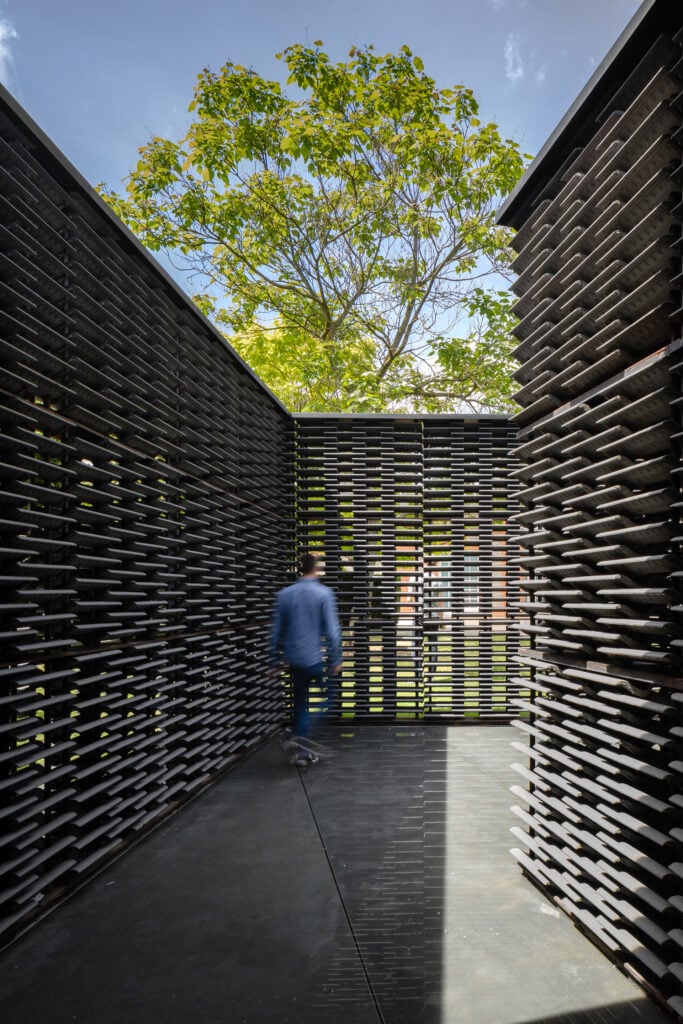
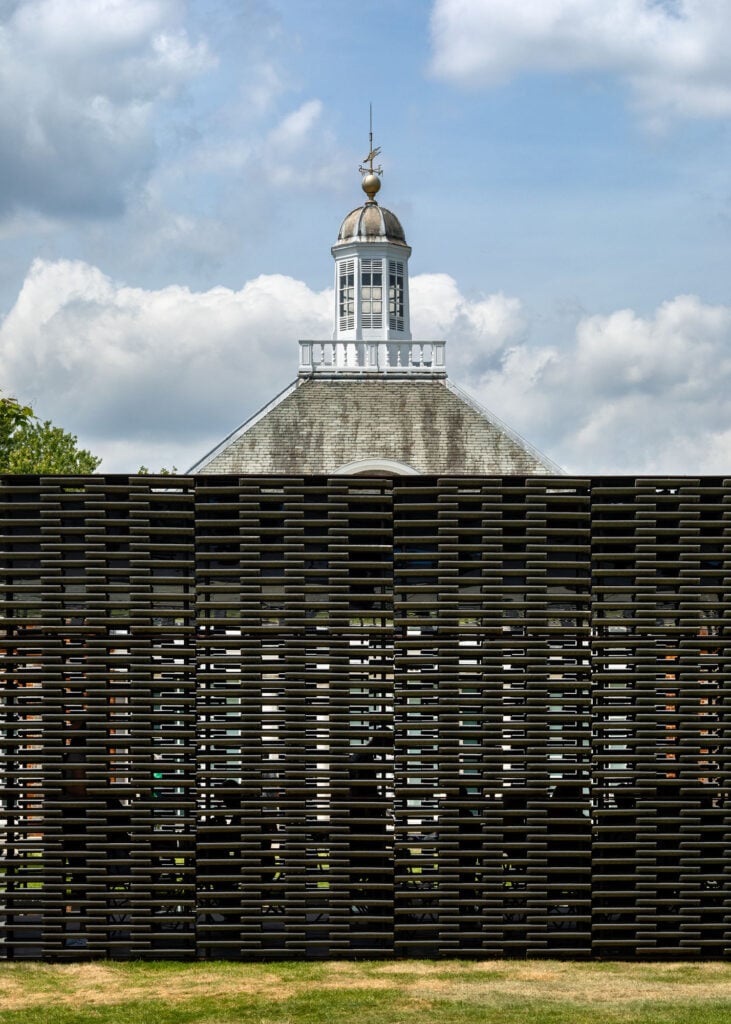
Escobedo confessed during a lecture that she almost missed the Serpentine’s invitation sent by e-mail.
“I thought [the e-mail] was more like a mailing list or to join some sort of supporter’s or sponsor’s group and never imagined that I’d be invited to design the Pavilion.”
Fortunately, she caught her mistake, and went on to create a design based on an idea central to her practice: the expression of time in architecture through the inventive use of everyday materials and simple forms.
The pavilion consisted of an enclosed courtyard comprised of two rectangular volumes positioned at an angle, generating a series of interlinked spaces. Celosia, a traditional breeze wall commonly used in Mexican domestic architecture inspired the pavilion’s lattice walls, which were composed of cement roof tiles arranged into a pattern that partially obscured the visitor’s view.
“We have added the materials of light and shadow, reflection and refraction, turning the building into a timepiece that charts the passage of the day,” she declared at the time.
While architecture gives Escobedo a structure of thinking, it was Robert Irwin, an American installation artist she met during a lecture, who influenced Escobedo’s cerebration beyond specific interpretations.
According to Escobedo, his drive to continuously open up paths of inquiry rather than trying to find answers was liberating to her.
“It’s crucial to understand that at some point, we need to disregard everything we’ve learned and instead, we just need to see,” Escobedo says.
With the reimagining of the Met’s Tang Wing, she hopes to open new paths of inquiry across artwork of different times, geographies, and ideologies, giving the Met and its visitors a new type of museum-going experience.
Would you like to comment on this article? Send your thoughts to: [email protected]
Latest
Projects
5 Buildings that Pushed Sustainable Design Forward in 2022
These schools and office buildings raised the bar for low-carbon design, employing strategies such as mass-timber construction, passive ventilation, and onsite renewable energy generation.
Projects
The Royal Park Canvas Hotel Pushes the Limits of Mass Timber
Mitsubishi Jisho Design has introduced a hybrid concrete and timber hotel to downtown Hokkaido.
Profiles
Meet the 4 New Design Talents Who Made a Mark This Year
From product design to landscape architecture and everything in between, these were the up-and-coming design practices making a splash in 2022.



